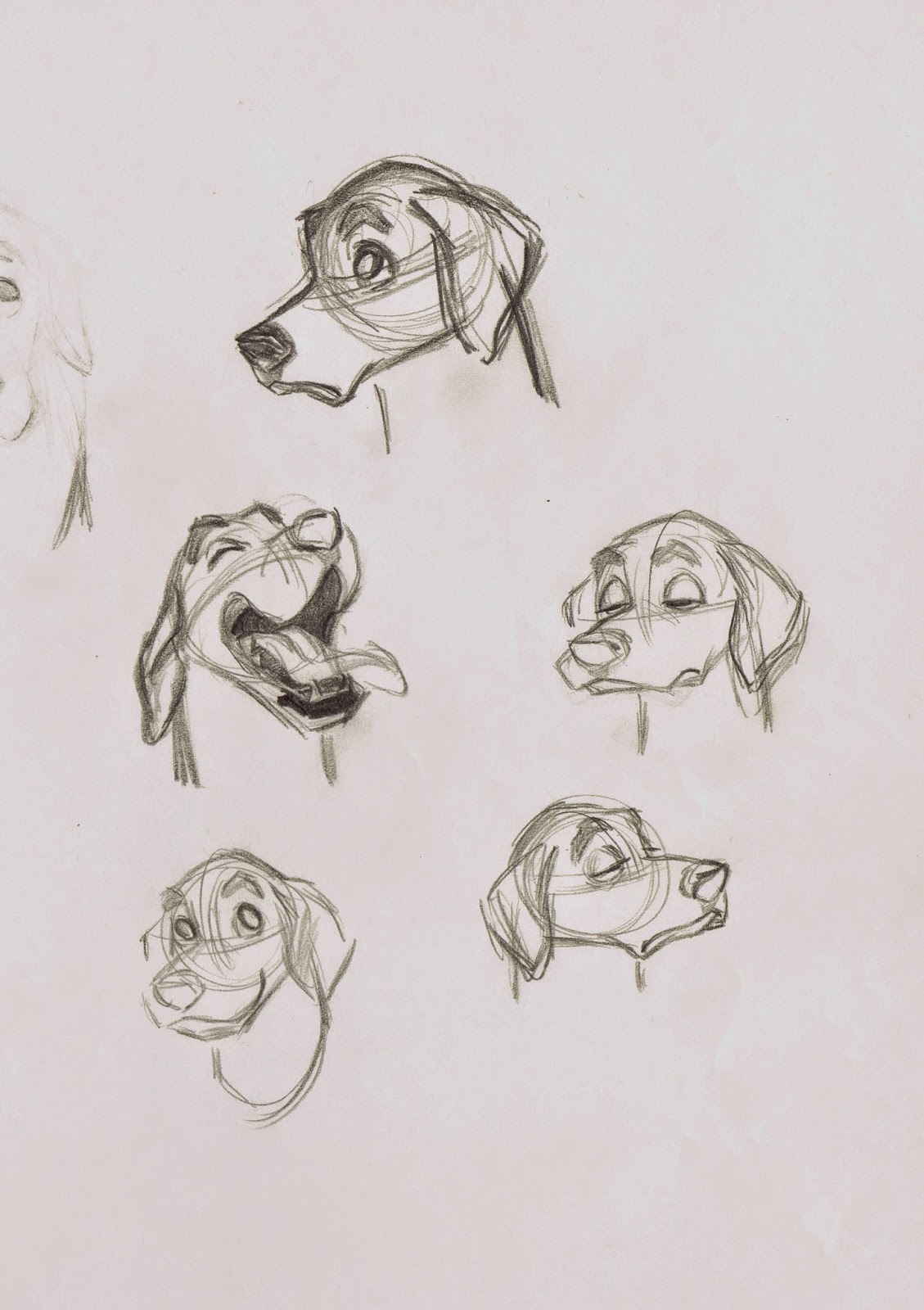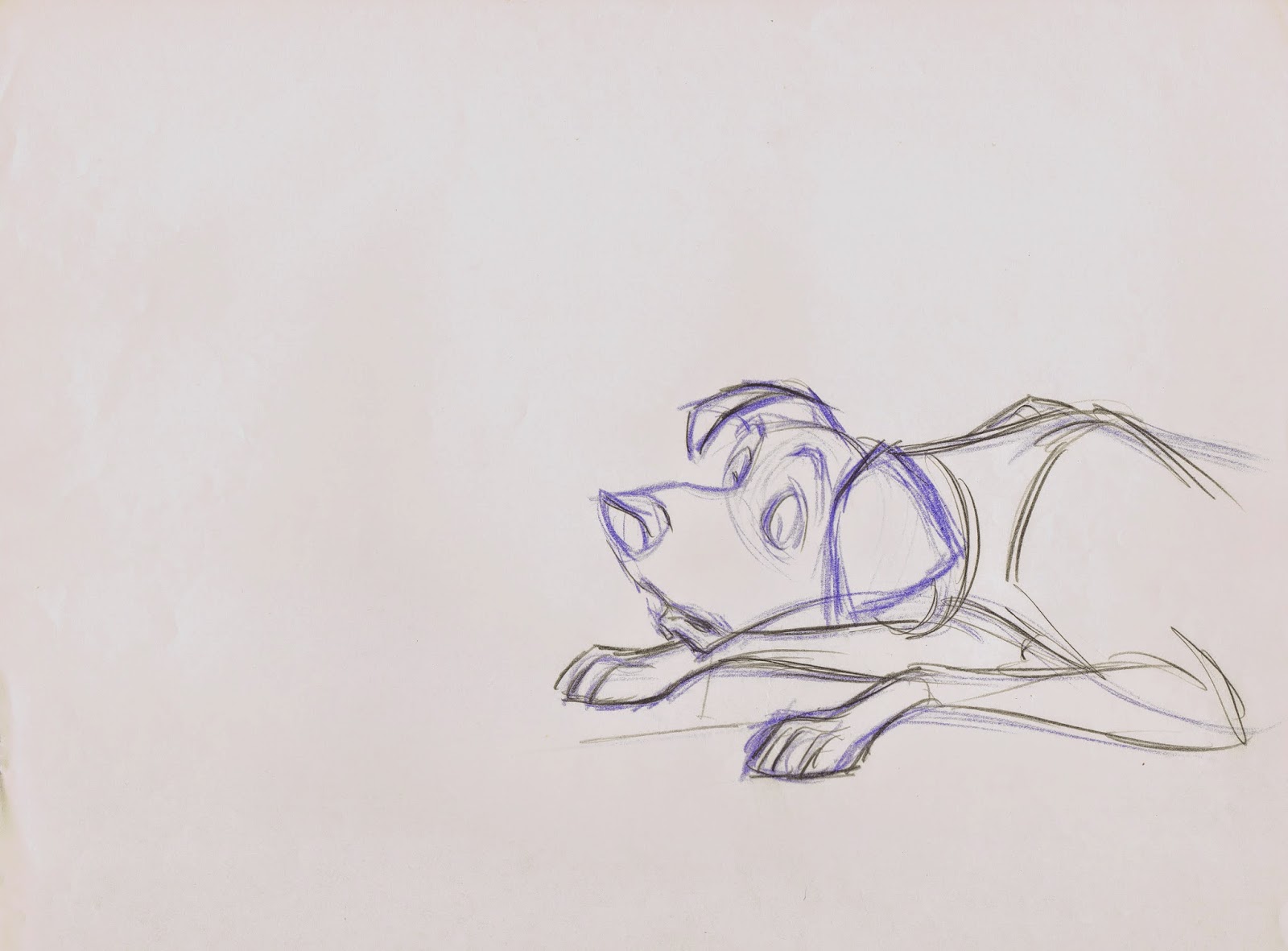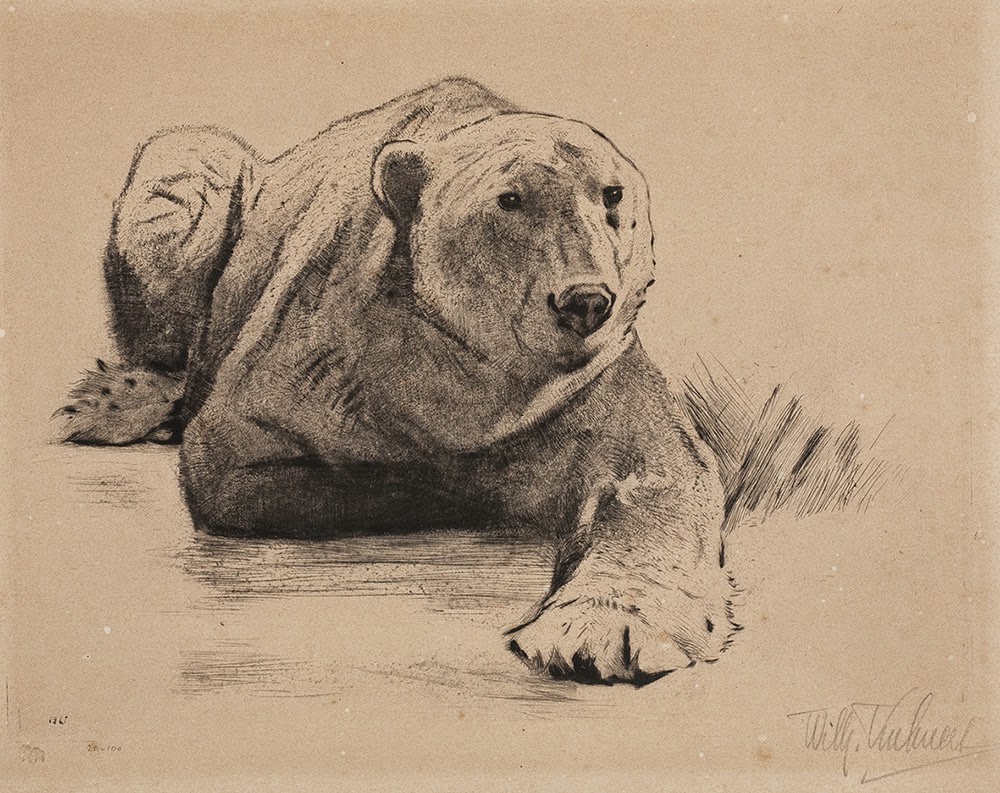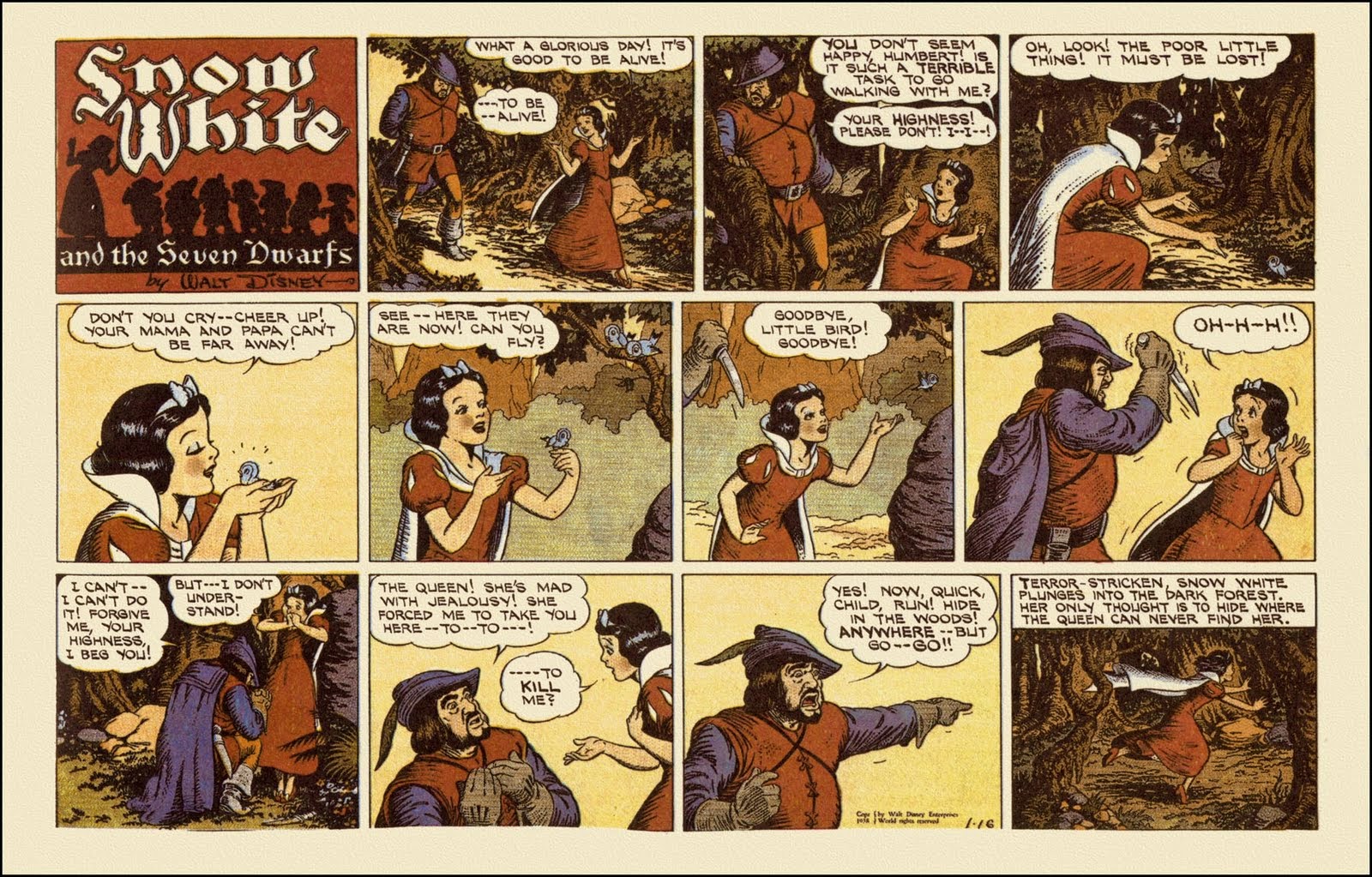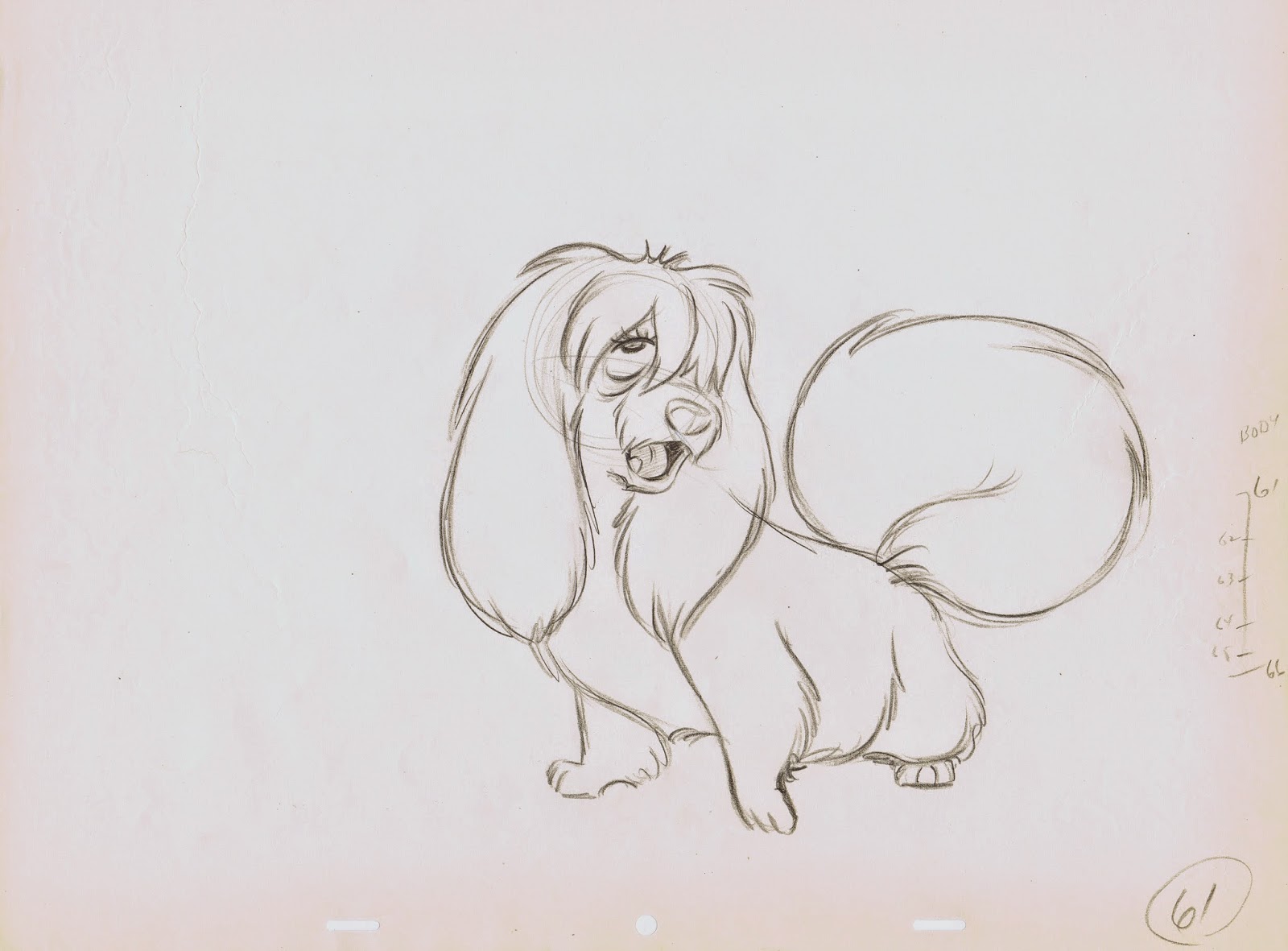Disney female characters are among the most difficult to animate, depending on the degree of realism in their portrayal. Look at this clean up drawing of Cinderella, which was drawn right over Marc Davis' rough drawing. Simplicity, elegance and appeal. Her face is perfectly depicted, if you are off by the width of a pencil line, this character would look like an alien from outer space. All facial features need to be drawn within perfect proportions without looking technical or cold. I don't think draughtsmanship like this exists today (which is not necessarily a bad thing), this was the art of that particular generation.
Years earlier, before Disney got into animated features, the 1934 short film
The Goddess of Spring tried to portray a fairy character with realism. The result did not please Walt Disney.
By the time Snow White went into production, Walt knew that live action reference was necessary to convincingly bring the title character to life. And only top draughtsmen were assigned to her animation and clean up drawings. Marc Davis created these delicate clean ups over animator Grim Natwick's rough animation. The scene shows Snow White reacting to the Witches sudden appearance by the kitchen window.
The film's Evil Queen, animated by Art Babbit, demanded the same thorough and accurate draughtsmanship. Every pencil or ink line needed to define the character's subtle forms perfectly.
A rare rough animation drawing of Pinocchio's Blue Fairy, who represents American female beauty from the 1930s and 1940s. Gorgeous!
Les Clark drew some of the nature fairies for Fantasia's Nutcracker sequence. Not easy to portray a nude character with such innocent charm. This section, though mostly effects animation, ranks among my all time favorite moments in Disney Animation.
Fred Moore created the look for many Disney girls during the 1940s and early 1950s.
A beautiful rhythmic key drawing from the short Casey Bats Again, a charming character doodle of a skinny young girl and a model sheet from All the Cats Join in, another favorite of mine.
Walt Disney stated once that he was amazed to see the quality of draughtsmanship on a cel, which was traced from a clean up drawing that was traced from a rough animation drawing.
With each tracing and re-drawing some loss of drawing quality is bound to happen. But when you have a super dedicated staff, that loss is minimal.
These two cels from the film Cinderella are proof that the studio's process allowed brilliantly drawn characters to make it to the screen.
Again, Cinderella's face looks beautiful, even after having been re-drawn several times.
Iwao Takamoto's super precise clean up studies over Marc Davis' animation. At this point Disney's graphic portrayal of a female heroine reached a level of sophistication never seen before. The stuff takes my breath away.
Marc Davis sketched Maleficent, before turning the image into a color design drawing.
Though theatrical, flamboyant and dramatic this character still required realistic handling in order to come across convincingly. One of the greatest Character designs in Disney history.
Marc's next villainess also ranks among the greatest in Disney history. Cruella De Vil is ugly, but you just can't take your eyes off her. She might be Disney's gutsiest design ever. Sometimes I wonder why Walt didn't stop Marc and asked him to tone her down. I am VERY glad he never did.
Watching Cruella on the screen makes me almost giddy, and happy to be a part of this fantastic medium.
Madame Medusa is Milt Kahl's swan song before he left Disney. The story material was not as outstanding as Cruella's, but in many ways Milt outdid himself as an artist and thought outside of the box. The make up removal sequence alone is animation history.
Cruella and Medusa are caricatured villainesses, but their drawing base is still realism. They move with real weight, hand gestures are impeccable and every head angle is convincing as well as intriguing.
Images Disney/Heritage Auctions














